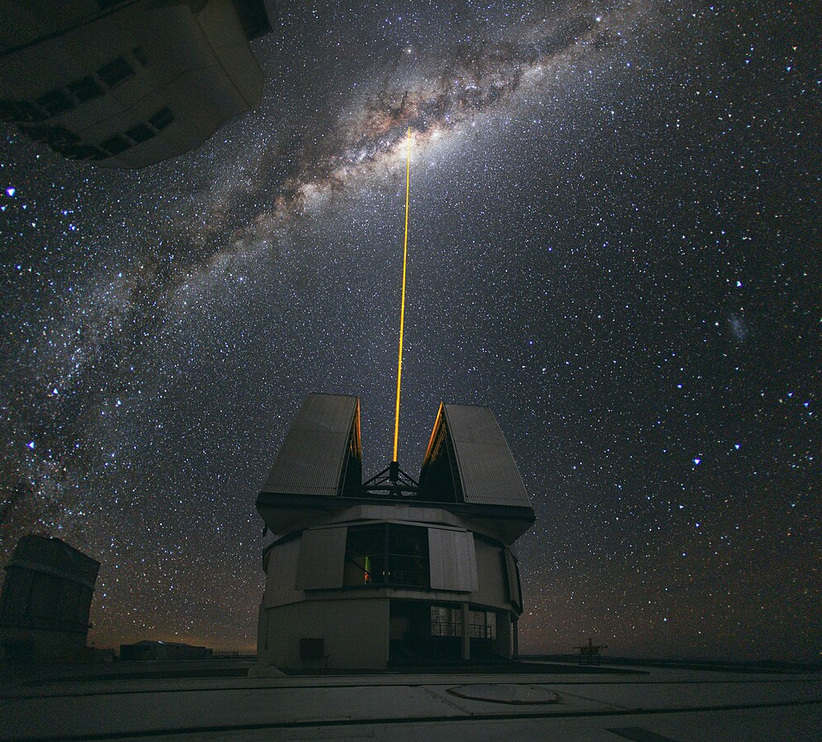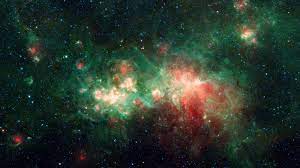What Are Stars?
When discussing something relating to the universe it is always wise to start at the beginning because sometimes things can seem complicated. So what exactly is a star? As mentioned we see millions of stars in the night sky so they are likely our most familiar astronomical body.

These bright heavenly bodies represent the most fundamental building blocks of galaxies with some being billions of years old. They are huge energy producing balls of gas which through nuclear fusion also produce heavy elements such as carbon, nitrogen and oxygen.
How Are Stars Formed?
Hundreds of thousands of years after the Big Bang the gases released into our universe were not spread out evenly. Two main gases, hydrogen and helium, would clump together into dense clouds of gas. As these clumps grew they would become denser and more compact. At the center of these dense clumps temperatures became hotter eventually leading to nuclear fusion.

The cloud collapses inward causing the material at the center to heat up. This is known as a protostar and the gradual build up of heat and pressure creates a star. Sometimes these clouds which also include dust may break into blobs creating multiple stars. This is why you may see stars grouped together in the night sky.
Our Own Star
There is a very simple answer to the question “which star is the brightest in the skies of Earth?” Although some people may not be aware of this. There is one star so bright that when it shines we can not see any of the others. This star is our own Sun.
Around 93 million miles away from Earth the Sun is indeed a star and is considered a yellow dwarf. Without this star there would be no life on our planet. However if we just settle on the sun as an answer here that would be too easy. So read on to find out which star is the brightest in our skies after the Sun has dipped below the horizon.
What Color Is the Sun?
Now let me first say we should never look directly at the Sun and especially not for a long time as it can be damaging to our vision. That said when seen from Earth the Sun appears to be somewhere between yellow and red in color. This however is not correct, it is simply how the Sun appears when its light has passed through our atmosphere.

The Sun in fact is not just one color but instead essentially all colors mixed together which without an atmosphere to view it through would look white. We know the multi-color nature of the Sun to be true because rainbows are created by the Sun’s rays passing through moisture in the air separating out the different wavelengths of color in the light.
What Affects a Star’s Brightness?
The brightness of a star as we see it from Earth is expressed by the term magnitude. This is a function of its luminosity, distance from Earth, effects of dust/gas, and the effects of Earth’s atmosphere. The measurement of absolute magnitude for a star is a unit that assesses the star’s luminosity if it were 10 parsecs from Earth. A parsec equates to roughly 32.6 lightyears.
A difference of one magnitude unit equates to a brightness variation of about 2.5 times. This means that a magnitude of +1.00 is about 2.5 times brighter than a magnitude of +2.00. As a reference the faintest stars visible to the naked eye are +6.00 magnitude which is about 100 times less bright than a magnitude +1.00.
Distance
The brightness of a star can vary greatly based on how near it actually is to Earth. The closest star other than the Sun to Earth is Proxima Centauri 4.2465 light-years away. Although this is a very small star comparatively speaking. You can not see it with the naked eye as it has an apparent magnitude of +11.13.
Proxima Centauri is a dwarf red star about 12.5% the mass of our own Sun. If it were a bigger star it might be more prominent in the night sky based on its relative closeness to planet Earth.
Size
Without question the size of a star has a huge impact on its luminosity. This is because of a much larger surface area producing more light and energy that eventually reaches Earth as visible light. Light energy can dissipate over vast stellar distances however so if a large star is far enough away its light may not be visible to the naked eye on Earth.
A large star that is close to Earth will generally be more prominent in the night skies.
How Do Our Eyes See Color?
Bear with us because this is an important point when it comes to our understanding of the colors of stars. Inside each of our eyeballs there are cells which enable us to see known as rods and cones. The rods pick up light intensity while the cones add in the perceived color.

As the intensity of the light decreases the cones in our eyes start to switch off and go to sleep meaning that as it gets darker colors appear less vibrant. As light fades the cones essentially do not have what they need to function properly.
What this means for viewing stars is that we can only perceive colors from the brightest stars. They let off enough light to enter our eyes and trigger some response from the cones. The dimmer stars will all appear white because they do not trigger our cones.
What Color Are Stars?
From Earth without a telescope we may perceive some variation in color in the stars and with the aid of magnification we may see more intense colors. The truth about the color of stars is that they are not all the same color and they can in fact be extremely varied.
The color of a star depends greatly on the heat with which it is burning much like you might see in a campfire. Looking at a flame the blue-white part is the hottest part of the fire while the orange-red flames are much cooler. This is the same with stars and the perceived color can actually tell us a great deal about the individual star.
The size of a star and its ratio of gases contained within it can make a big difference in the color that it appears from its temperature. Some stars appear blue and are burning at high temperatures while others seem red and are actually cooler.
Final Thoughts
Stars are not just one color although to our limited human eyes they may at times appear to be. They essentially produce all colors at all times and can look different shades through varied types of atmosphere. Certain colors are more dominant however based on the heat of reaction occurring within the Sun.
